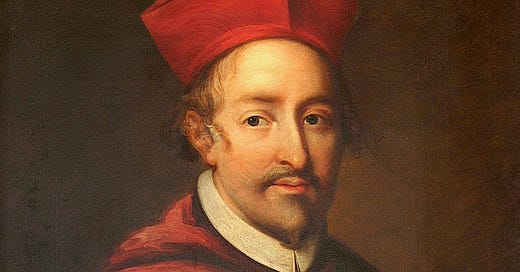The 16th century was a turbulent era marked by intense religious upheavals and political power struggles. In the midst of this volatile atmosphere, Cardinal David Beaton emerged as a central figure in Scottish history. His actions and decisions, both as a powerful church leader and a political player, left a lasting impact on the country. However, his legacy is deeply intertwined with the victims of his reign, individuals whose lives were marked by persecution, suffering, and martyrdom. This blog post delves into the life of Cardinal Beaton, explores the stories of his victims, and sheds light on the intricate web of historical events that defined this era.
Cardinal David Beaton: Rise to Power and Role in Scottish Politics
David Beaton, born in 1494, was a man of intellect, ambition, and ruthless determination. He ascended the ranks of the Catholic Church rapidly, becoming Archbishop of St. Andrews in 1522 and later a Cardinal. Beaton's rise coincided with a period of religious ferment, as the Reformation movement challenged the authority of the Roman Catholic Church. Despite his religious position, Beaton was also deeply involved in political intrigues, aligning himself with French interests and playing a pivotal role in Scotland's complex relationships with other European powers.
Beaton's victims: The Martyrs of the Reformation
As the Reformation gained momentum, Beaton's repressive measures against reform-minded individuals earned him a reputation for intolerance and cruelty. Many individuals who sought to challenge the established church's doctrines and practices found themselves in his crosshairs. The following is a chronicle of some of the notable victims who fell victim to Beaton's wrath:
George Wishart (c. 1513 – 1546): Wishart, a prominent Reformer, preached against the church's teachings, advocating for reform based on the Scriptures. His powerful sermons and growing influence posed a threat to Beaton's authority. Wishart's arrest and eventual execution by burning in 1546 marked a pivotal moment in the conflict between reform and tradition.
Patrick Hamilton (1504 – 1528): Often considered the first Protestant martyr in Scotland, Hamilton was a young scholar who embraced the ideas of the Reformation. Beaton's zealous pursuit of heretics led to Hamilton's arrest, trial, and execution by burning in 1528. Hamilton's death served as a harbinger of the conflicts to come.
Walter Myln (d. 1558): An early proponent of Reformation ideas, Myln was a priest who defied the Catholic Church's teachings and rituals. His advocacy for change made him a target, and he was burned at the stake in 1558. Myln's execution highlighted the ongoing struggle between religious conformity and dissent.
Norman Gourlay (d. 1540) and David Straton (d. 1534): These lesser-known figures were executed for their involvement in spreading Protestant ideas. Gourlay's public execution by drowning in 1540 and Straton's hanging and burning in 1534 underscored the harsh penalties meted out to those who challenged the established church.
The Assassination of Cardinal Beaton: A Turning Point
Amid the backdrop of Beaton's crackdown on dissent, a dramatic event occurred that would further shape the course of Scottish history. In 1546, a group of conspirators, including Norman Leslie and John Leslie, orchestrated the assassination of Cardinal Beaton. This shocking act exposed the depth of public discontent and resentment towards Beaton's regime.
Legacy and Reflections
Cardinal David Beaton's legacy is complex and multifaceted. While he is remembered as a powerful church leader and diplomat, his authoritarian methods and persecution of reformers mar his reputation. The victims of his reign stand as symbols of resistance against religious oppression and the quest for a more inclusive and just society.
The events surrounding Beaton and his victims shed light on the larger socio-political and religious forces at play during the Reformation era. They remind us of the human capacity for both cruelty and courage, and how historical figures can shape the destiny of nations.





